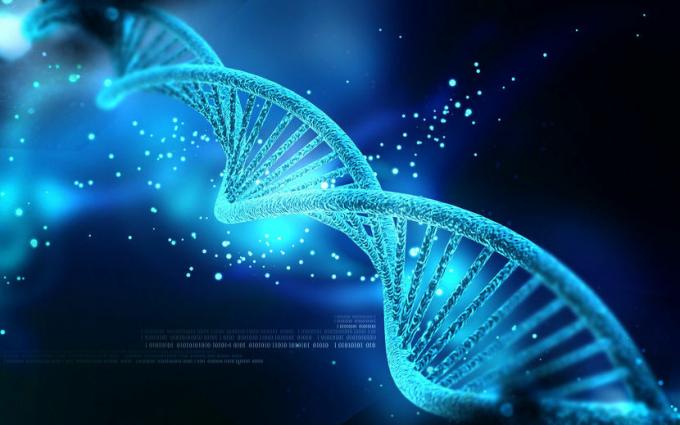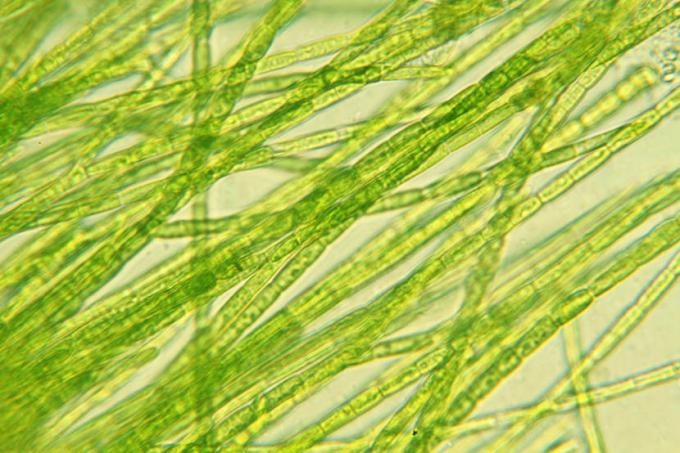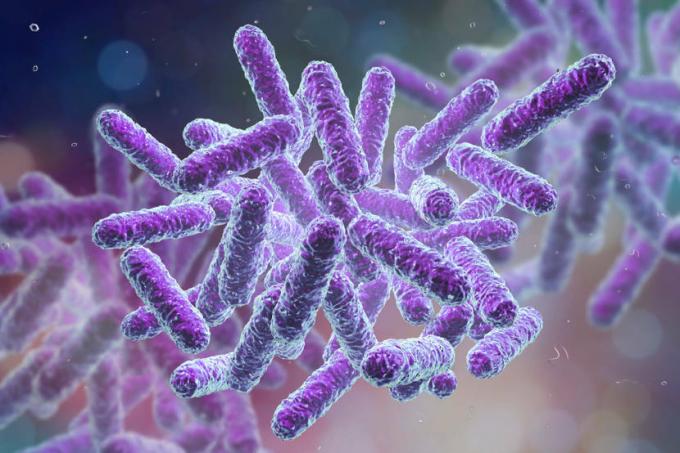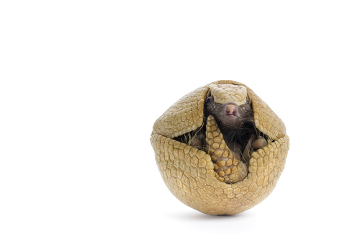Many organisms are easily classified as a to bealive as soon as we see them, like the plants and the animals. However, some elements can be confused with living beings, especially by younger students, such as clouds and the Sun. This is because these elements move and change over time, suggesting that they have life. But what distinguishes a living being from a non-living?
Defining life simply and briefly is challenging. Living beings are thus classified according to some features presented. Likewise, non-living organisms are classified as such because they do not have such characteristics.

Read too:Theories about the origin of living beings
Characteristics of living beings
Living beings have some specific features, which are listed below:
1. Chemical composition
Living beings have a particular chemical composition, consisting mainly of carbon, hydrogen, oxygen and nitrogen, which may contain other chemical elements in smaller quantities, such as sulfur and phosphorus.
2. cell organization

Living beings are made up of cells. Some have only one cell (unicellular beings) and others have many cells (multicellular beings). Cells can be of two types:
Eukaryotic: they are cells that have a nucleus delimited by a membrane, called karyotheca, where their genetic material is found. In addition to the nucleus, they have other membranous organelles, such as the mitochondria.
prokaryotic: do not have a delimited nucleus, thus, their genetic material is dispersed in the cytoplasm. Prokaryotic cells do not have membranous organelles.
To learn more about the subject, read:Eukaryotic and Prokaryotic Cells.
3. Metabolism and Energy
All living beings have metabolism (set of chemical reactions that occur in the body). To carry out metabolism, living beings need energy. This energy comes from the process of photosynthesis, performed by producing organisms such as plants and seaweed, and passed on to other organizations through the food chain.

Read too: autotrophic and heterotrophic beings
4. reproduction
Living beings are capable of generating other living beings through a process known as reproduction, which can occur in two ways:
Asexual reproduction: there is no participation of gametes and a living being produces a copy genetically identical to it (clone);
Sexual reproduction: there is the participation of gametes and the combination of genetic material occurs, thus increasing genetic variability.
5. Genetic material
living beings present DNA. DNA (deoxyribonucleic acid) is a molecule made up of numerous genes, where the individual's genetic information is contained.
6. Irritability
Living beings are able to respond to stimuli such as changes in the environment. We call this ability irritability. An example of irritability can be seen in plants, whose growth occurs in response to stimuli such as light (phototropism).
Read too: The importance of the sun for living beings
7. Evolution
Living things change over time. Living beings today are descended from a common ancestor, who underwent genetic changes, passed down with each generation.
These genetic changes are mainly due to mutation, a natural process that occurs in the genetic material and that can give rise to new characteristics in the individual.
classification of living beings

It is impossible to say in exact numbers how many species of living beings exist today, because, in addition to the species already known to man, there is still a lot to discover. So, to study these organisms, a classification system to separate these organisms into groups, facilitating the study. Several classification systems for living things have already been devised. See two of these systems:
1. five kingdoms
In this system, organisms are classified into five kingdoms according to some characteristics:
Kingdom of Monera: consisting of unicellular organisms and prokaryotes, such as bacteria and cyanobacteria.
Protist Kingdom: consisting of unicellular and eukaryotic organisms such as protozoa and some algae.
Kingdom Fungi: consisting of unicellular and multicellular organisms. The representatives of this group are the fungi.
Kingdom Plantae or Mataphyta: constituted by photosynthetic multicellular and autotrophic organisms. Representatives of this group are some algae and plants.
Kingdom Animalia or Metazoa: constituted by multicellular and heterotrophic organisms, such as fish, amphibians, reptiles, birds and mammals.
2. three domains
This is the most current classification system and divides organisms into three domains:
Bacteria Domain: this domain includes various prokaryotic organisms, such as bacteria and cyanobacteria.
Archaea Domain: in this domain are prokaryotic organisms that live from extreme environments, such as hot springs and salt lakes, to moderate environments, such as the soil.
Eukaria Domain: this domain includes all eukaryotic organisms, such as protists, fungi, plants and animals.
Are viruses living beings?

You virusare causative agents of various diseases, but are they living structures or not? Viruses were once considered by some scientists to be the simplest life forms in existence, however, years later, it was observed that viruses lacked essential systems for the realization of metabolism.
These beings need a host cell to obtain energy and raw material for the biochemical activities that allow its multiplication, as well as its dissemination, such as the synthesis of proteins and nucleic acids.
Researchers then established that viruses actually consist of nucleic acids, which can be DNA or RNA, enveloped by a protein capsule and, in some cases, with a membranous viral envelope. Although the biochemical activities carried out within the host cell are under the command of viruses, they do not have autonomy to carry out these activities outside of a host.
This autonomy to carry out metabolism is one of the essential features in most definitions of living beings. So, for most scientists, viruses are not living things. Some authors consider that viruses lead a kind of "borrowed life", due to their host cell dependency.
It is important to note, however, that viruses present genetic material and evolve, important characteristics of living beings. The evolution of viruses can be observed, for example, through the H1N1 and HIV-1 viruses, which cause the H1N1 flu, or flu A, and AIDS, respectively.
The transformations that take place in these viruses make it difficult to seek effective prevention and treatment for these diseases. With this in mind, some researchers currently consider viruses to be living beings.. Above the discussion of being alive or not, it is important that research continues to be carried out to clarify more about viruses and their influence on the most diverse organisms.
Solved exercises on living and non-living beings
01. (Fuvest) Review the statements below regarding living things.
I. They relate to and modify the environment.
II. They reproduce sexually.
III. They respond to stimuli from the environment.
IV. They use carbon dioxide in the production of organic matter.
The characteristics common to all living beings are:
a) I and II only.
b) I, II and III only.
c) I and III only.
d) II and IV only.
e) I, II, III and IV.
Answer: c) I and III only.
All living beings have characteristics I and II. Some living beings reproduce asexually, which makes item II incorrect. Not all organisms produce organic matter with the use of carbon dioxide, this is a characteristic of autotrophic beings.
02. (Fuvest) Consider the following characteristics attributed to living beings:
I. Living things are made up of one or more cells.
II. Living beings have genetic material interpreted by a universal code.
III. When considered as populations, living beings change over time.
Assuming that having all these characteristics is a mandatory requirement to be classified as a "living being", it is correct to state that:
a) viruses and bacteria are living beings because they both meet requirements I, II and III.
b) viruses and bacteria are not living beings, because both do not meet requirement I.
c) viruses are not living beings, as they meet requirements II and III, but not requirement I.
d) viruses are not living beings because they meet requirement III but not requirements I and II.
e) viruses are not living beings, as they do not meet requirements I, II and III.
Answer: c) viruses are not living beings because they meet requirements II and III, but not requirement I. Bacteria have the three characteristics mentioned in items I, II and II. Viruses have only characteristics II and III. Viruses are acellular, that is, they are not made up of cells. The correct alternative is the letter C.



